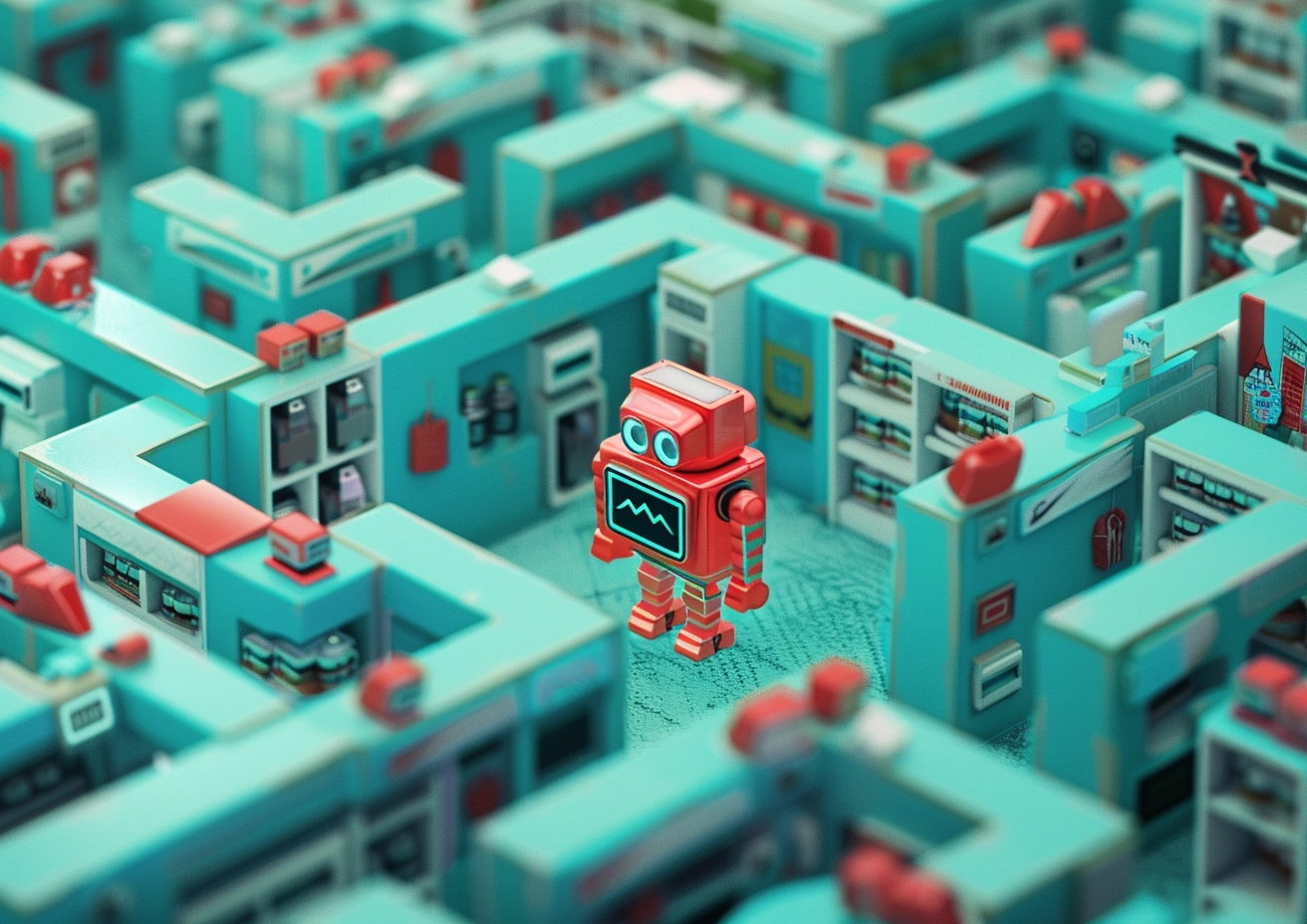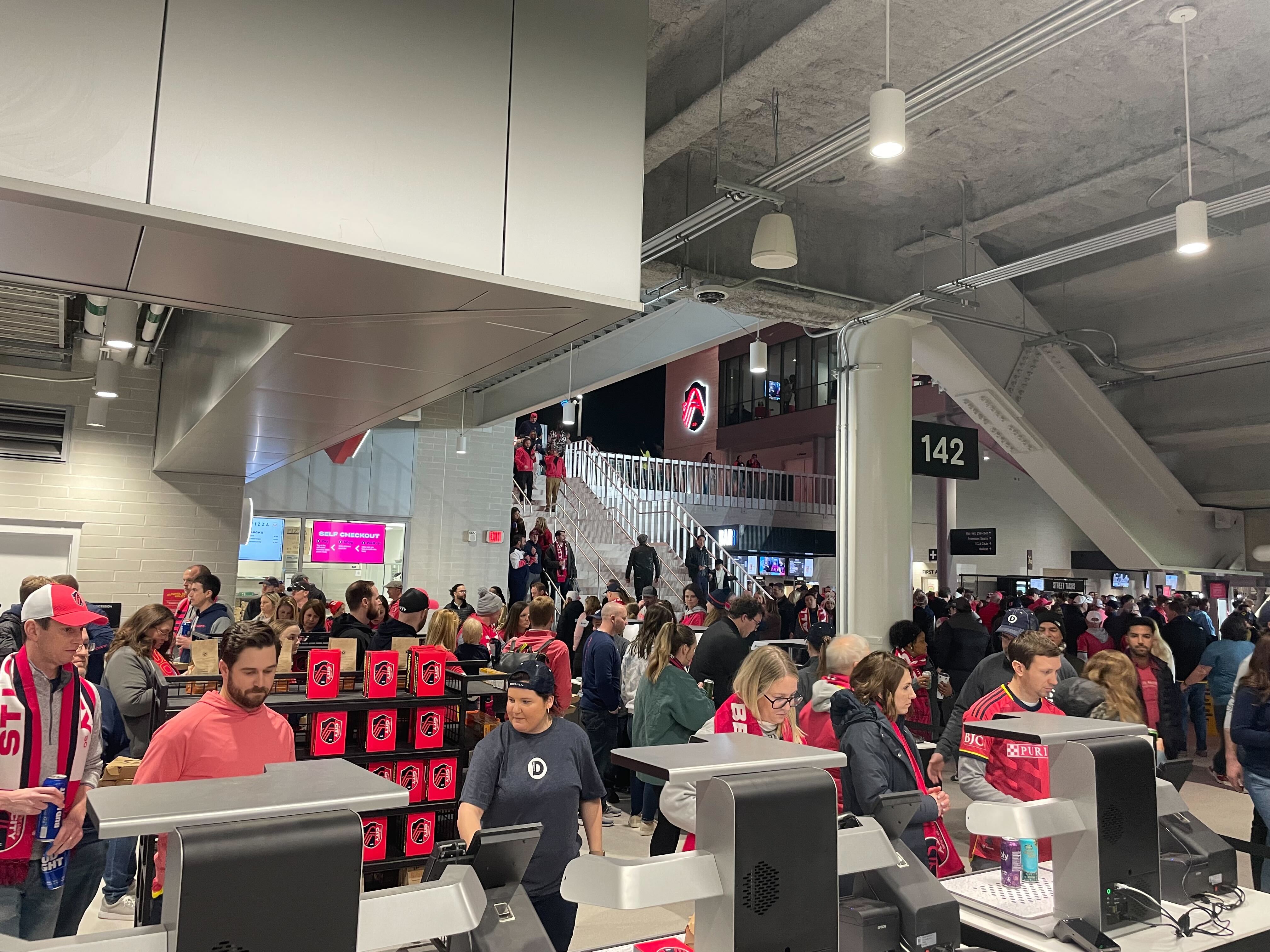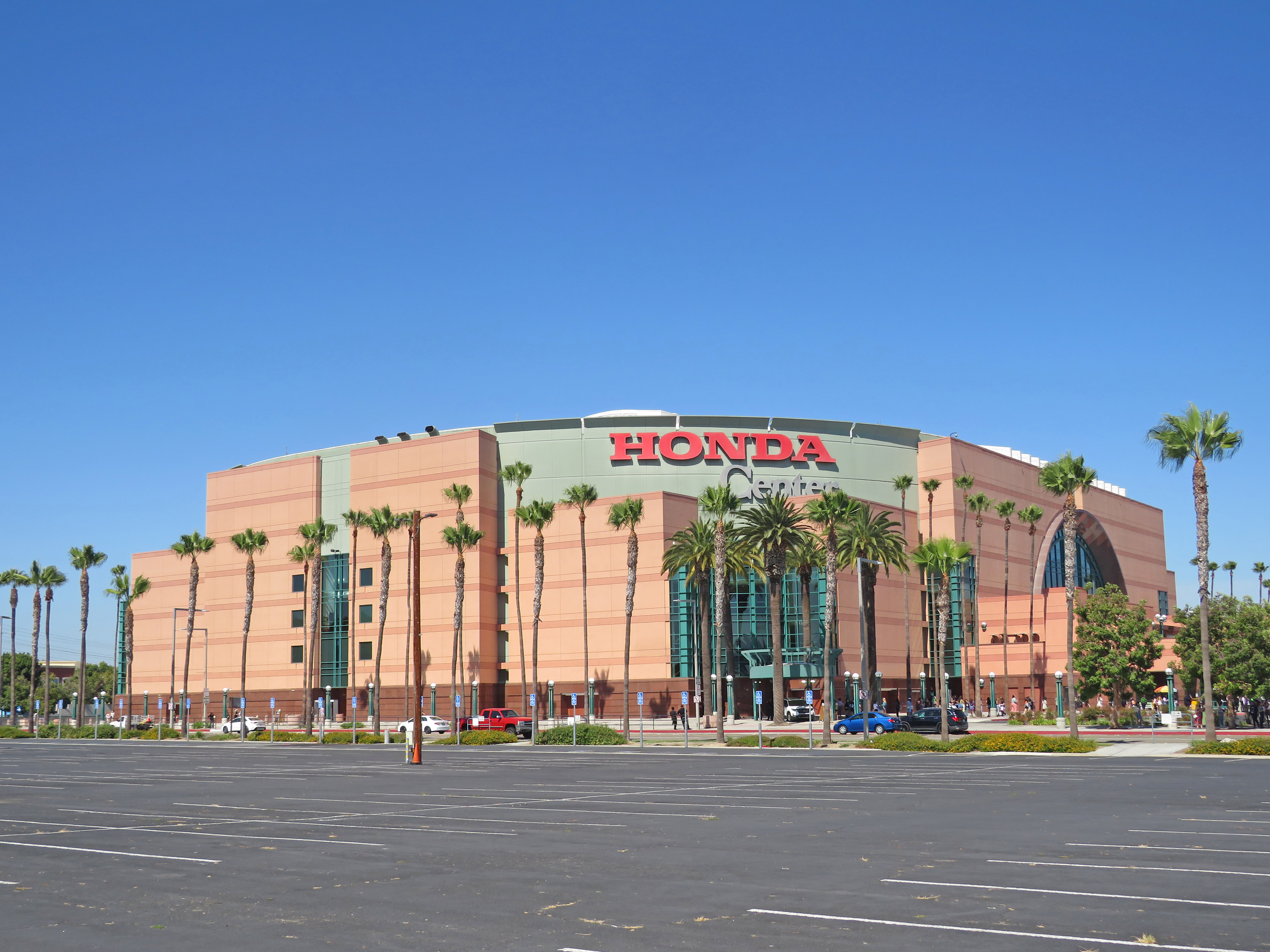Maximizing Retail Sales with Strategic Store Layout and Self-Checkout Integration

In today's fast-paced retail environment, creating an optimized store layout that encourages sales while incorporating self-checkout for expedited service has become paramount. The design of a retail store plays a critical role in influencing consumer behavior, guiding them through a journey that not only enhances their shopping experience but also boosts the store's bottom line. Integrating self-checkout systems further complements this by offering convenience, reducing wait times, and encouraging impulse purchases. Let's dive into how retailers can harness the power of strategic store layout and self-checkout integration for optimum sales.
Understanding Consumer Psychology in Store Design
The first step towards optimizing retail sales is understanding the psychology behind consumer behavior. Shoppers are often guided by visual cues, which can significantly influence their path through the store and the items they engage with. An effective store layout is designed to expose consumers to a wide range of products, encouraging exploration and discovery. High-demand items are typically placed at the back of the store, ensuring that customers pass by other enticing products on their way. Seasonal displays and promotional items are strategically positioned at eye level and in high-traffic areas to draw attention and stimulate impulse buying.
The Power of the Right Layout
Choosing the right layout is crucial for maximizing sales and enhancing the customer experience. The most common retail layouts include:
- Grid Layout: Ideal for stores with a wide variety of products, such as supermarkets. It facilitates easy navigation and efficient use of space but should be designed to avoid creating a monotonous shopping experience.
- Racetrack or Loop Layout: Guides customers in a predetermined path that exposes them to a broad range of products, increasing the likelihood of discovery and impulse purchases.
- Free-Flow Layout: Offers a more relaxed shopping environment, allowing customers to move freely and explore. This layout is perfect for boutique stores, where a curated experience can lead to higher engagement with merchandise.
Each layout has its benefits and can be chosen based on the store's size, the type of products sold, and the target market's shopping behavior.
Strategic Placement of Self-Checkout Systems
Self-checkout systems have become a game-changer in retail, offering a fast and convenient way for customers to complete their purchases without waiting in line. However, their placement within the store layout is crucial for maximizing their effectiveness and ensuring they contribute to an optimized sales strategy. Ideally, self-checkouts should be placed in easily accessible, high-visibility areas near the exit but also close enough to impulse buy items to encourage last-minute additions.
Incorporating self-checkout systems also means rethinking the checkout area's design. Traditional, bulky checkout counters can be replaced with more streamlined, space-efficient systems. This not only frees up valuable retail space for additional product displays but also improves the overall flow of the store, making it easier for customers to navigate and find what they are looking for.
Enhancing the Customer Journey with Technology
Beyond layout and checkout options, technology plays a vital role in optimizing the retail space for sales. Digital signage can be used to highlight promotions and guide customers through the store, adapting in real-time to changes in inventory or shopper demographics. Mobile apps can offer personalized recommendations and direct shoppers to where items are located, improving the overall efficiency of their visit.
Furthermore, integrating self-checkout with mobile payment options and loyalty programs can streamline the purchasing process, making it faster and more enjoyable for the customer. This level of convenience not only enhances the shopping experience but also encourages repeat business.
Training Staff for a Seamless Transition
The success of integrating self-checkout systems into a retail environment also depends on staff training and adaptation. Employees should be trained not only on how to use and troubleshoot the systems but also on how to provide assistance to customers who may be using them for the first time. Additionally, staff can be redeployed from traditional checkout roles to more value-added positions, such as customer service and sales floor assistance, further enhancing the shopping experience.
Conclusion
The retail landscape is evolving, with consumer expectations shifting towards convenience and efficiency. By strategically designing store layouts to guide consumer behavior and integrating self-checkout systems, retailers can create a shopping environment that not only meets these expectations but also drives sales. This approach requires a careful balance of psychology, technology, and operational efficiency, but when executed correctly, it can transform the retail experience for consumers and retailers alike. Embracing these changes and continuously adapting to new retail trends will be key for stores looking to thrive in the competitive marketplace.

